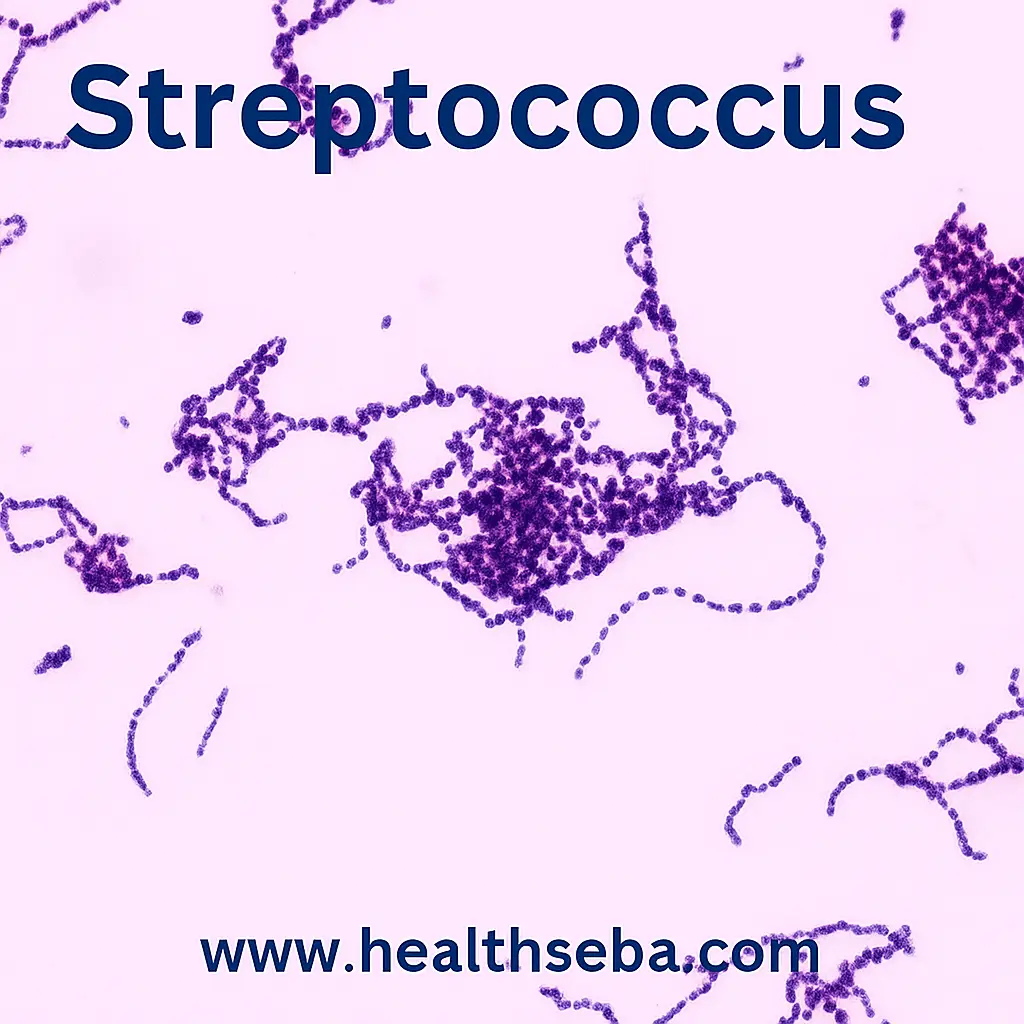Lysine Decarboxylase Test
Introduction
The Lysine Decarboxylase Test is an important biochemical test in microbiology used to detect the presence of the enzyme lysine decarboxylase, which catalyzes the decarboxylation of the amino acid lysine to produce cadaverine and carbon dioxide.
This test is especially useful for differentiating members of the Enterobacteriaceae family, including pathogens such as Salmonella, Shigella, and Klebsiella.
Principle
The medium contains lysine, glucose, peptone, and bromocresol purple (pH indicator).
Bacteria first ferment glucose → acid production → yellow color.
If lysine decarboxylase enzyme is present:
Lysine → Cadaverine (alkaline product) → medium turns purple.
If enzyme absent:
Only glucose fermentation occurs → medium remains yellow.
Procedure
Inoculate the test organism into Moeller’s decarboxylase broth containing lysine.
Overlay with sterile mineral oil to create anaerobic conditions.
Incubate at 35–37°C for 18–24 hours (sometimes up to 4 days).
Observe the color change of the medium.
Interpretation
| Result | Observation | Interpretation |
|---|---|---|
| Positive | Medium turns purple | Lysine decarboxylase present (lysine → cadaverine) |
| Negative | Medium remains yellow | No lysine decarboxylase activity |
Examples of Bacteria
✅ Positive Bacteria
Enterobacter aerogenes
Klebsiella pneumoniae
Salmonella spp.
Escherichia coli
❌ Negative Bacteria
Shigella dysenteriae
Citrobacter freundii
Morganella morganii
Uses
Differentiates Salmonella (positive) from Shigella (negative).
Distinguishes Klebsiella/Enterobacter (positive) from Citrobacter (negative).
Helps in Enterobacteriaceae identification.
Important in clinical diagnostic microbiology for stool and urine pathogens.
Conclusion
This Test is a vital biochemical test that detects lysine-decarboxylating ability of bacteria. It is especially useful in distinguishing Salmonella (positive) from Shigella (negative) and is widely applied in diagnostic microbiology.
Related Posts

Streptococcus
Streptococcus Introduction Gram-positive cocci in chains or pairs.Facultative anaerobes, non-motile,…

Normal Delivery and Caesarean
Introduction The safety of the mother and baby during childbirth…